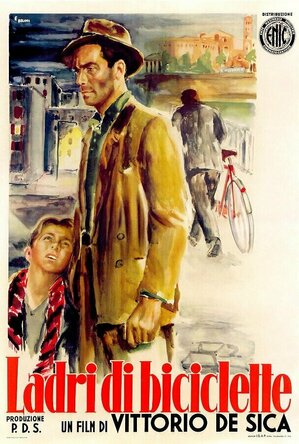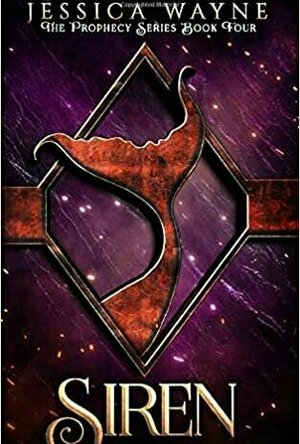Mary Ellen Mark recommended Bicycle Thieves (1948) in Movies (curated)

Wonder Woman: Warbringer
Book
She will become one of the world’s greatest heroes: WONDER WOMAN. But first she is Diana, Princess...
Fantasy Fiction Superheroes
Lyndsey Gollogly (2893 KP) rated Siren (The Prophecy #4) in Books
Aug 22, 2020
Kindle
Siren ( The Prophecy book 4)
By Jessica Wayne
Her insecurities will be her downfall.
Anastasia Carter has spent her entire life fighting one war or another. After two years of peace in Terrenia, she is having trouble letting go of the voice inside her head that is telling her the battle is far from over.
When a new enemy rises and sets their sights on Dakota, Anastasia must risk it all to save the life of her husband.
Even if it means losing everything she fought to save.
At first I didn’t know what to think I mean she could have really ended it on the happy ending it was with Vincent dead!
Saying that I’m so glad she didn’t!! I absolutely love this world Jessica has written I love the characters and this book was full of emotion. If I had to critique one thing it will be the whole Elizabeth hiding who she was it kinda annoyed me a little that after discovering where Ana was and the person she was that Elizabeth kept quiet about her and Dekota! I have to say I absolutely went from hating Vincent to really liking him! Also what an ending!

The Orphan's Tale
Book
A powerful novel of friendship set in a traveling circus during World War II, The Orphan's Tale...
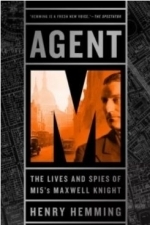
Agent M: The Lives and Spies of MI5's Maxwell Knight
Book
Spying is the art of knowing who to trust-and who to betray Maxwell Knight was perhaps the greatest...
Biography memoir thriller
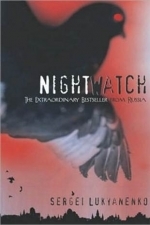
Night Watch (Дозоры #1)
Book
Set in contemporary Moscow, where shape shifters, vampires, and street-sorcerers linger in the...
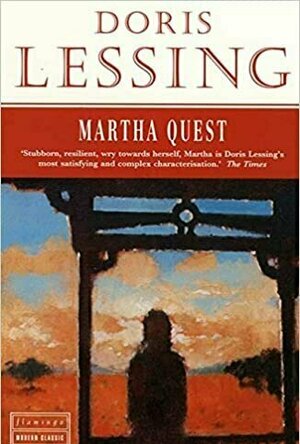
Martha Quest
Book
The opening book in the Nobel Prize for Literature winner’s ‘Children of Violence’ series...
Ever After (The Hollows, #11)
Book
New York Times bestselling author Kim Harrison returns to the Hollows with the electrifying...
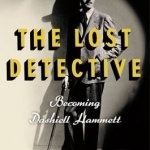
The Lost Detective: Becoming Dashiell Hammett
Book
A 2016 Edgar Award Nominee Before he became a household name in America as perhaps our greatest...

No Echo in the Sky
Book
No Echo in the Sky is a delightfully written book where Harald Penrose draws on personal experiences...
